Why a Smaller Refund Can Be a Good Thing
By Richard Tullier, CPA – Senior Manager
Over the last few weeks, there has been a lot of talk about tax refunds. Some people say a lower refund shows that the Tax Cuts and Jobs Act (“TCJA”) is raising people’s taxes. Others have said that since people received larger paychecks during the year, this is proof that the TCJA is helping the middle class. So which one is true? Are our taxes higher or lower? Shouldn’t a tax cut put money in our pockets? The answer is simple as with much of taxation, “it depends.”
First, let’s go over how taxes work from a fundamental perspective to be sure we are all starting from the same point. We pay taxes on the income we earn during the year to the federal and state government. But as with most things, it’s a little more complex than that for income taxes.
The first step in calculating our taxes begins with Adjusted Gross Income or AGI which represents the earnings we made during the year less certain deductions. From that number, we take away our Standard Deduction or Itemized Deductions. Itemized Deductions are things like mortgage interest, property taxes, medical expenses, and charitable contributions. As you may be aware, our standard deduction nearly doubled compared to 2017 and as a result, you might not be itemizing any more. This is part of the “simplification” in the new tax law. You may have also heard that your exemptions were taken away. This was a deduction from your income that you received for each person in your household. I’ll show why this can be a wash later.
The result of netting our AGI with our Standard or Itemized Deductions is Taxable Income, this is the net amount we are taxed on during the year. We compare this to tax tables in the Form 1040 instructions and find out just how much tax we incurred. No matter how much we withheld (or didn’t) during the year, our taxes will not be changed, this is the total amount we owed to the government.
Now let’s talk about withholding. Think about when you rent something and pay a deposit. That deposit is held until you return the item and may go towards paying the total amount you owe or you may get a refund if you return it within a certain time frame. Taxes work in a similar way. During the year your employer withholds taxes based on a set of criteria you give them. This criteria is used to estimate how much taxes you will owe at the end of the year. If you have too much paid in, you get a refund. If you didn’t pay in enough, you will have to pay more.
So again, no matter how much you paid in or did not during the year, your tax burden is the same, what changes is whether you get money back or owe based on how much you withheld during the year.
Let’s look at the following example to help understand this concept:
Alice is married with one child, age 7. In 2018, she and her husband have total wages on their W-2s (gross wages, not take home) of $80,000. They have deductible student loan interest of $2,500. Their AGI is calculated as $77,500 ($80,000 of Wages less $2,500 of student loan interest). Alice and her family had $13,000 in Itemized Deductions, however the Standard Deduction is better at $24,000 this year. Their Taxable Income is $53,500 and based on looking at the tax table for Married Filing Joint taxpayers in 2018, we get a tax liability of $6,042. Further, with one child, Alice will get a child tax credit of $2,000 reducing her liability to $4,042.
If we recomputed the taxes based on the 2017 tax law, we have AGI of $77,500 less itemized deductions of $13,000 less personal exemptions of $12,150 for a taxable income of $52,350. Based on the 2017 tax tables, this would result in a tax of $6,924. With one child, Alice’s child tax credit would have been $1,000 reducing her liability to $5,924.
Based on the above scenarios, there is a reduction in taxes for 2018 of $1,924. So what happens if we put withholding into the mix and assume 24 pay periods during the year (twice a month):
Under the 2017 scenario, let’s set withholding of $10,000 meaning that $416.67 comes from each paycheck and goes to the government. At year end, Alice would receive a refund of $4,076 ($10,000 less $5,924).
Under the 2018 scenario, let’s put withholding of $6,000 meaning that $250.00 comes from each paycheck and goes to the government. At year end, Alice would receive a refund of $1,958 ($6,000 less $4,042).
At first, you might say, “Whoa, I’m getting a smaller refund at year end so I didn’t get a tax cut, mine went up by about $2,000.” Unfortunately, you would be mistaken. If you look at the two scenarios closely, you will see that you received an extra $166.67 in each paycheck during the year, amounting to an annual amount of $4,000. So combined in 2018, you received $5,958 (some during the year, some at the end). Congratulations, you got a tax cut!
Why do I point this out? I did so to illustrate that you are not gaining anything on the government by getting a big refund at the end of the year. In fact, you have just loaned them the use of your money for an entire year with no interest.
Overall, your tax refund is not the best planning strategy for saving money. Now for those who are saying, “But how do I figure out how much to withhold,” I would recommend going to the IRS website and use the withholding calculator (https://www.irs.gov/individuals/irs-withholding-calculator) to help you determine the right elections to make with your payroll department.
No matter what you decide, please remember that your tax situation is unique and just because a friend or someone in a news story said something happened to them doesn’t mean it will happen to you. If you are interested in learning more, please feel free to contact us at Wegmann Dazet and I’ll be happy to take a look at your situation.
- Entity Choice and Tax Planning - August 29, 2023
- EMPLOYEE RETENTION CREDITS – That offer might not contain the full story - June 5, 2023
- ADVANCED CHILD TAX CREDIT – CLAIM IT OR OPT OUT? - June 28, 2021


